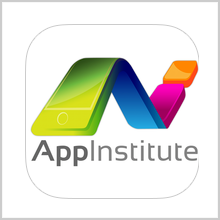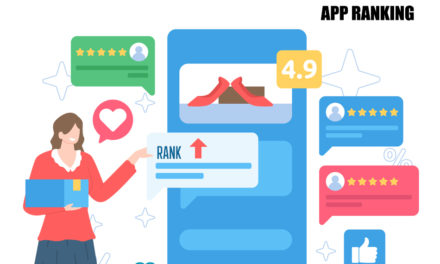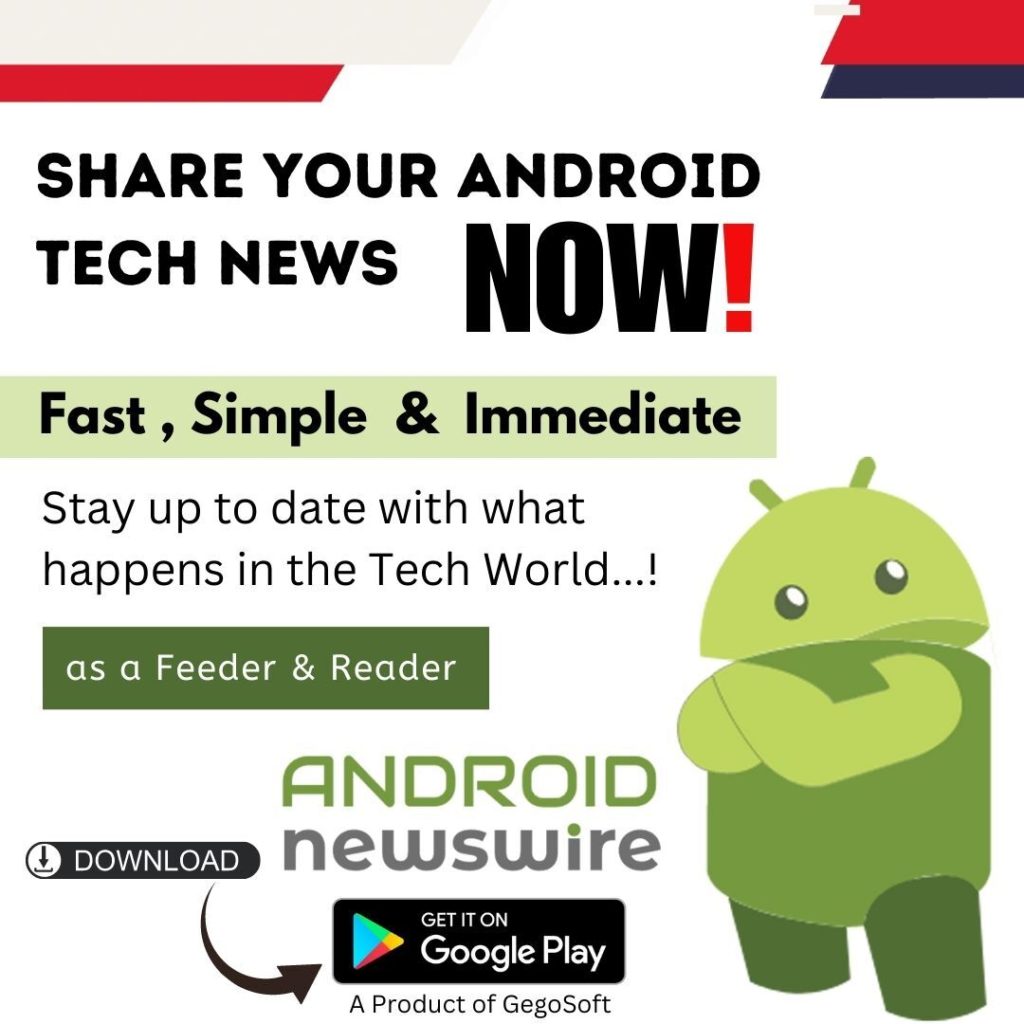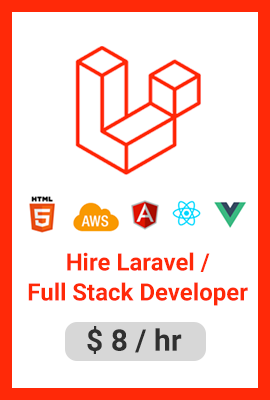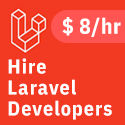Does the fact that for every five smartphones purchased, four are Android-based and one is iOS mean Google Play is beating out iTunes? Apple’s iTunes does seem the place to beat for music, movies, TV shows and podcasts but Google Play is hot on their heels. To see if one platform really outperforms the other, one must look at all the features.
Music and Tunes
iTunes leads the download music world with a 64 percent market share—Google Play’s share is just 5 percent with 31 percent going to places like Amazon MP3 or other platforms. It’s hard to place a hard number on the number of songs available on Google Play—they simply state they have “millions,” but iTunes offers over 28 million songs.
Consumers can download favorite songs from iTunes and Google Play, save them to the cloud or computer and transfer them to both iOS and Android devices no matter the original music source—so it does appear both iTunes and Google Play want to “play” nice about music sharing options. Cloud storage pricing is different, however. Google Play allows users to save 20,000 songs for free where iTunes charges approximately $25 for storage of 25,000 tunes.
Movies / Videos
Both iTunes and Google Play charge the same for movies (videos)—for both rental and purchase. Both have videos available in SD and HD but iTunes offers more HD movies than Google Play. Rental prices are $4 to $5 and movie purchases are between $15 and $20.
iTunes movies must be downloaded to view where Google Play offers instant streaming. For rentals, iTunes and Google Play both have rules on how long the rental is available once viewing begins. Rentals for iTunes end after 24 hours of watching; for Google Play it’s 48 hours.
iTunes has a larger selection of “current” movies than Google Play and a recent report by CNN Money says iTunes has 400 million credit card on file—that’s more than any other retailer including the giant Amazon.
Store Interface
Image via Flickr by @cdharrison
iTunes and Google Play have different storefronts but they basically work the same—it’s simply a matter of preference. With iTunes your libraries of songs, videos, podcasts, etc. are all neatly stacked to the left of your screen. In Google Play there are tabs you must navigate based on what you’re looking for in individual libraries.
Google Play’s store looks much like everything Google (Google+, Gmail, etc.) where iTunes is a bit crisper and modern and it doesn’t matter if you’re downloading iTunes on a Windows platform—it still looks the same. That’s great news for internet providers and companies like them who find the most useful web services based on platform and desired features. Once you’ve set up an account in Google Play or iTunes, purchases are simple and quick. For Gmail users, if you’re logged in, there’s a quick navigation bar to get to the store as a “favorite” place but if on an Apple device, iTunes is similar so there’s no winner here.
Freeware
iTunes remains the leader in the number of free apps and podcasts. Google Play offers one free song a day. Both allow you to save the free stuff to your library.
To be fair, as far as music and movie producers go, they’re not going to give their stuff away so anything free from either venue is a nice touch.
Both iTunes and Google Play have their strong features and determining which has the better platform may come down to the devices you own and personal preference. With the reemergence of BlackBerry, expect both iTunes and Google Play to keep competing and copying one another but the old saying, imitation is the sincerest form of flattery is really true here.




